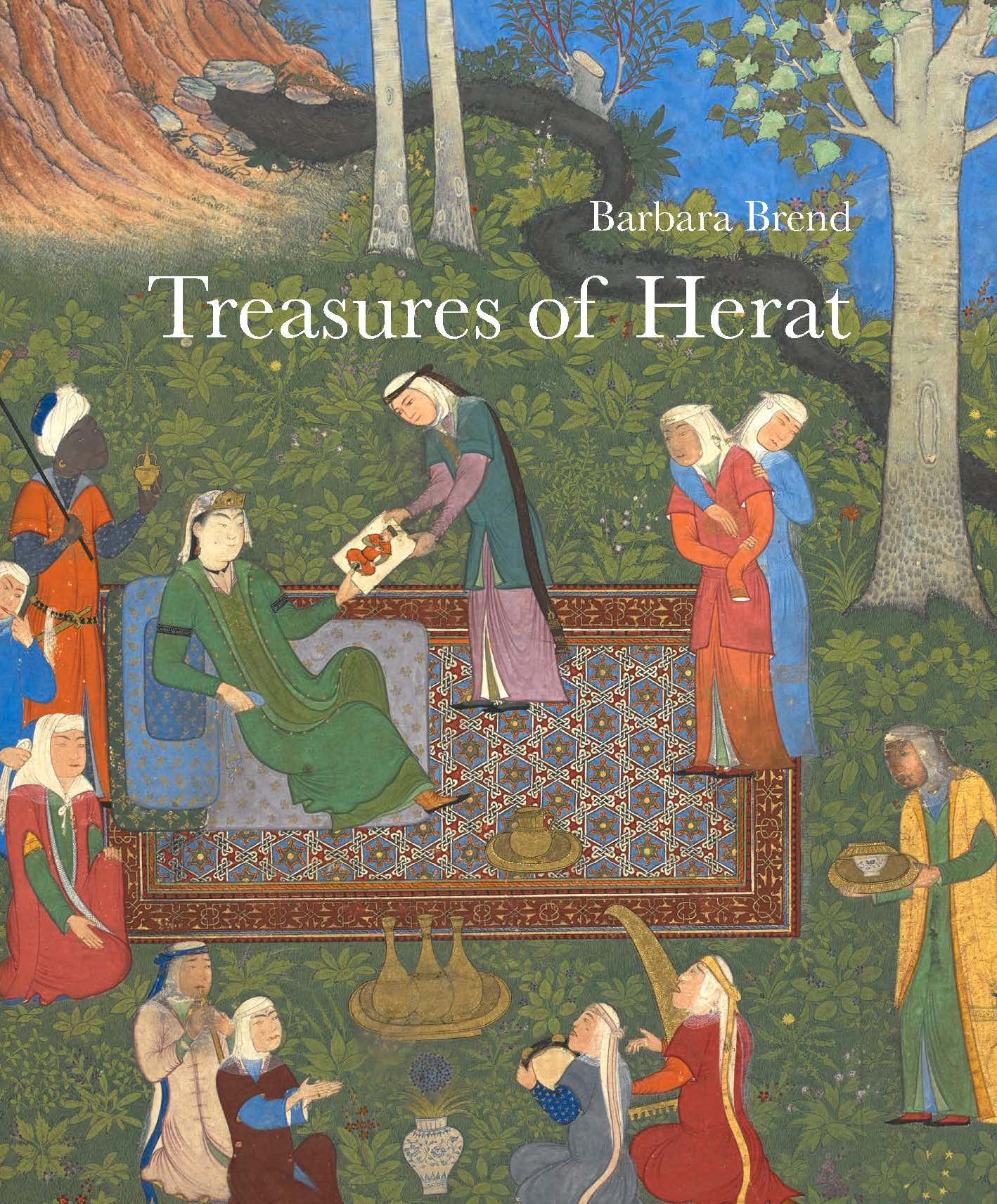
British Library’s 500-Year-Old Nizami Manuscripts Shed Light on Power of Art and Poetry in 12th-Century Herat
Reviewed by J. A. Valentine
Treasures of Herat
Barabara Brend. Gingko, 2022.
Barbara Brend, scholar and specialist in Persian and Mughal painting, presents a comprehensive study of one of the most highly esteemed works of Persian literature, the Khamsah (quintet or pentalogue) by Nizami Ganjavi, the 12th-century CE poet and philosopher born in present-day Azerbaijan. Brend examines two separate Herat-produced manuscripts of the Khamsah, Nizami’s collection of five romantic epics, currently housed in the British Library, conducting a side-by-side comparison of each of the book’s various 225 folios of text and illustrations. The patrons who commissioned these 15th-century-CE manuscripts Brend leaves to speculation and debate, but the evidence she outlines suggests how the seven calligraphers and artists for both folios had access to the royal kitābkhānah (library). The finished product surely would have been presented as gifts of political significance to the Mughal grandees or sultan who hired them. Brend’s study reveals glimpses of time and space that may otherwise be forgotten. In assessing the richness of paint colors, the frontispieces, the facial feature detailing and the relationship between the images, their iconography and artist backgrounds, she clues in readers to the intersecting heritages of the time. Folio art, as an example, captures landscapes rife with flora and fauna, the dynamics of a 15th-century social hierarchy of princes and laymen emerging in Central and South Asia, and the grandeur of medieval Arabic, Persian and Timurid architecture. The result is a rich historical reference for art history students, collectors and scholars of art, poetry and literature.
“The manuscripts are far from unknown and individual pictures have been much published and repeatedly discussed, but they have not hitherto been treated in full and in relation to each other.”